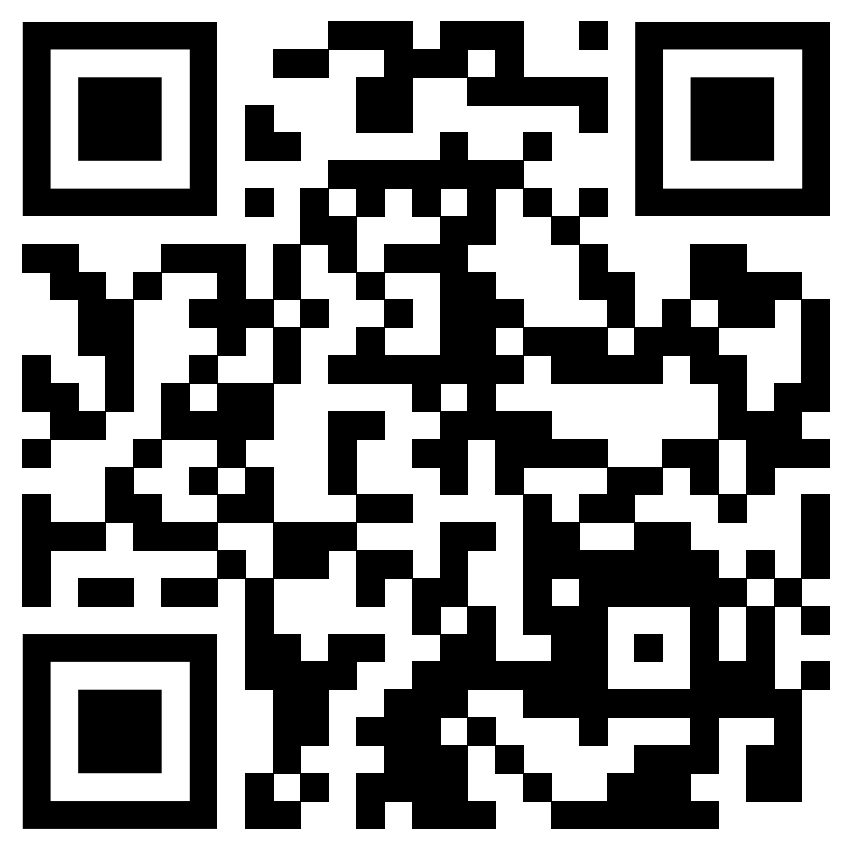Zag
Listen to this post
Keep ‘em in suspense. Make all the promises you need to. Walk right on up to the door holding all the answers.
Then, zag.
There’s an art to timing a good zag. Too early and you lose impact. Too late and you lose trust. A good storyteller knows how to zig, but more importantly, knows precisely when to zag.
I was on a call the other night with my brother, discussing Severance (s02e03).1 The episode ends in a cliffhanger and my brother said he couldn’t wait to get the answer next week.
“No way,” I replied, “they’re gonna zag.”
And they did. The writing team pointedly ignored the threads they left dangling, and instead staged entirely new paradigms, motivations, and questions. We’ll zig again next week.
The greatest zag of all time has got to be from Stephen King’s The Stand. If you’ve read it (my favourite King book, by the way), you’ll remember the Walkin’ Dude just walking down the highway, and then zag.
LOST season 2 opens with an iconic zag. You might be able to hear Make Your Own Kind of Music while remembering the shocking introduction of Desmond, going about his morning routine.
It’s well known that the greatest film of all time is, indisputably, 2001: A Space Odyssey. The third act of this film zags hard, into the unforgettable Stargate Sequence, followed by the Bedroom at the End of the Universe. The degree of this oblique leaves viewers awestruck (maybe, sometimes, a little confused too), a zag so profound it carved itself a place in film history.
Good storytelling is formulaic, monomythic. Great storytelling breaks the rules, subverts expectations. If your writing is stuck on what happens next, try something completely unforeseen.
-
Since the advent of streaming, there's been so much great tv. The unfortunate downside is that it has become rare to meet people who happen to be watching the same show as you, especially when entire seasons are released all at once. Conversations about television used to be about discussing past episodes and speculation on future ones. Now they're mostly recommendations on what to watch next (and hopefully you subscribe to that particular streaming network). To combat this, my brother and I scheduled a weekly FaceTime call to just chat about Severance! It's so much fun, we both look forward to it all week. ↩︎

